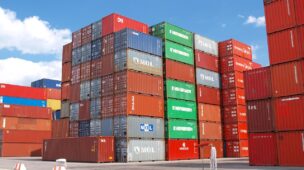Tempo de leitura: 1 minuto
Ease of doing business is one of the key indexes that will guide world economies in the next decade. FTZs and SEZs have emerged as critical hubs guiding investments, creating jobs, leading innovation and contributing to national economic development. Free zones offer businesses simple setup procedures, affordable rates, and favourable trading location, creating an environment hard to beat.
Over time, FTZs and SEZs have emerged as necessary platforms a country creates to attract investment. Low costs – both for the establishing agency/economy and the businesses/tenants setting up – is a key rationale.
United Nations Conference on Trade and Development, in its 2019 report on Special Economic Zones, say policy makers tends to focus on three dimensions of free zones:
(i) Strategic focus
(ii) Regulatory framework and governance, and
(iii) Design of the value proposition or the package of benefits for investors.
“In today’s global business and investment climate, the strategic focus, the regulatory and governance models, and the incentives package offered remain the key ingredients of a successful SEZ policy framework,” it adds.
Today, there are more than 5400 free zones in over 140 countries, employing 90 to 100 million people directly. And at least 500 more free zones are in the pipeline.
Free zones are expected to help ease economic pressures, especially in these times of global slowdown. The FTZs will be in regions that can capitalise on existing initiatives or are in need of greater development. According to the United Nations COMTRADE database on international trade, United Arab Emirates exports to free zones was US$5.18 billion and imports was US$3.25 Billion in 2016.
Free Zones have also been successful in generating employment, and diversity and volumes exports. Globally, zones employ some 0.21 per cent of the workforce, says Organisation for Economic Co-operation and Development (OECD) in its 2018 report. In UAE, zones account for more than 25% of employment.






Os comentários foram encerrados, mas trackbacks e pingbacks estão abertos.